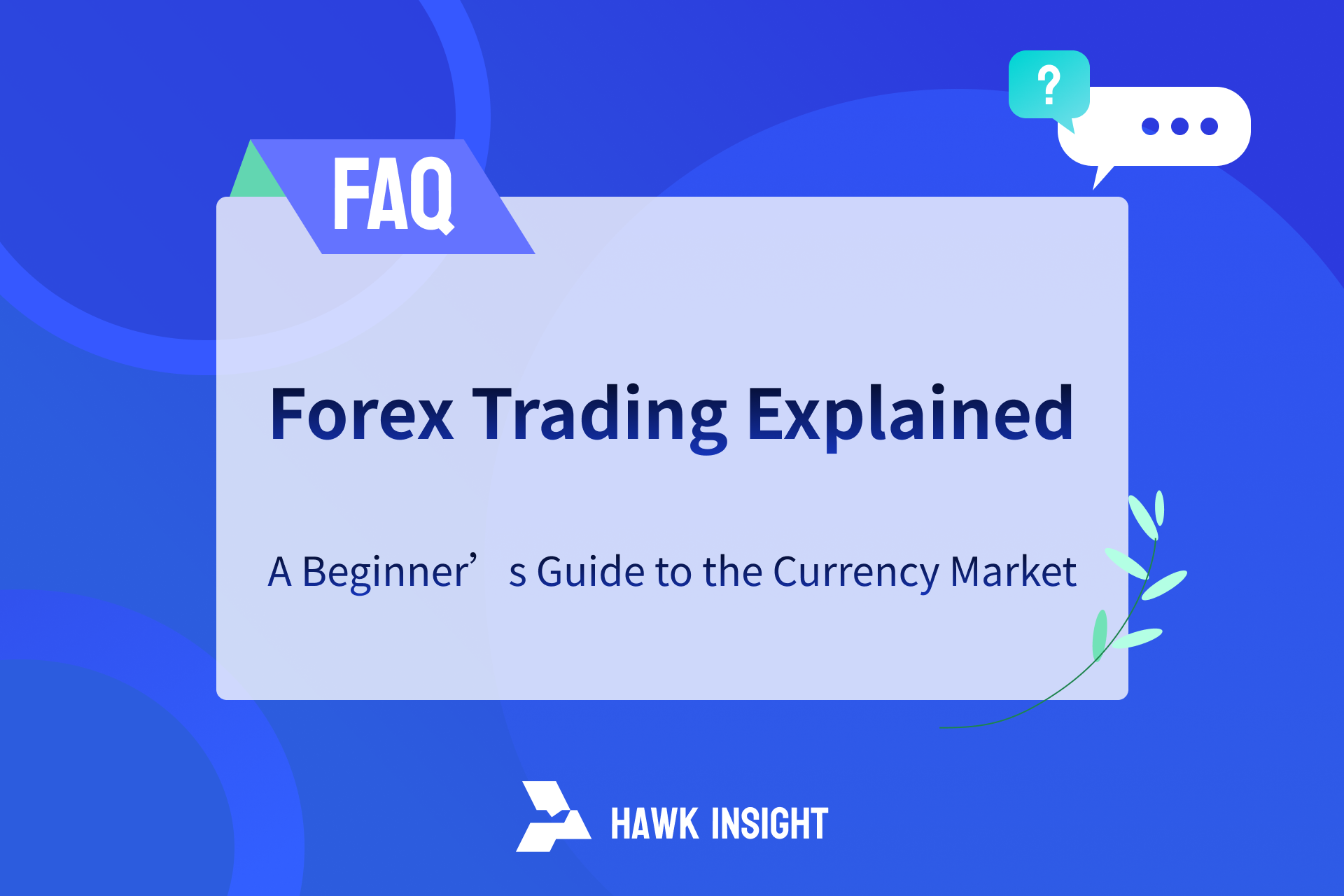Forex Trading Explained: A Beginner’s Guide to the Currency Market
Learn the basics of forex trading, including how currency pairs work, trading costs, leverage, and risk management. Perfect for beginners entering the FX market.
Forex trading, also known as foreign exchange trading or FX trading, is the process of buying and selling global currencies. It’s the largest financial market in the world, with daily transactions exceeding $6 trillion.

What Is Forex Trading?
Forex trading involves exchanging one currency for another in pairs, such as EUR/USD or GBP/JPY. When you buy one currency, you're simultaneously selling another. The goal is to profit from changes in exchange rates.
How Forex Markets Work
The forex market operates 24 hours a day, five and a half days a week, across major financial centers including London, New York, Tokyo, and Sydney. Unlike stock markets, forex has no central exchange—it's traded over-the-counter (OTC) electronically.
Understanding Currency Pairs and Pips
Currency pairs are quoted as base currency/quote currency (e.g., EUR/USD). A "pip" (percentage in point) is the smallest price change in a currency pair. For most pairs, one pip equals 0.0001; for yen pairs, it's 0.01.
Trading Costs and Spreads
Forex brokers typically charge no commission. Instead, they profit from the spread—the difference between the buy (bid) and sell (ask) prices. Tighter spreads often indicate more liquid markets.
What Is Leverage in Forex?
Leverage lets traders control large positions with a small deposit. For example, 1:100 leverage means you can control $100,000 with just $1,000. While this magnifies potential profits, it also increases the risk of significant losses.
Why Interest Rates Matter
Interest rates directly influence currency values. Higher interest rates attract investors seeking better returns, which can strengthen a currency. Traders should monitor rate announcements from central banks like the Federal Reserve and ECB.
Popular Forex Trading Strategies
- Day trading: Buying and selling within a single day to capitalize on short-term movements.
- Swing trading: Holding positions for several days to capture medium-term trends.
- News trading: Taking advantage of price volatility during major economic releases.
Risk Management in Forex
Risk control is critical. Use tools like stop-loss orders and limit orders to protect your capital. Never risk more than 1–2% of your account on a single trade.
Advantages of Forex Trading
- High liquidity and low transaction costs
- 24/5 market access
- Opportunities in rising or falling markets
- Portfolio diversification from traditional assets
Final Thoughts
Forex trading can be a rewarding but volatile journey. With proper education, disciplined strategy, and risk management, traders can unlock opportunities in the world’s most liquid market.
[Related Reading] CFD Trading Explained: What Is It and How Does It Work?
[Related Reading] What is an option?
[Related Reading] 2025 US Brokerage comparison and recommendation guide | Essential Guide to Investing
[Related Reading] Best Forex Trading Platform Recommendations for 2025: Full Analysis of Regulatory Compliance and Trading Costs
·Original
Disclaimer: The views in this article are from the original Creator and do not represent the views or position of Hawk Insight. The content of the article is for reference, communication and learning only, and does not constitute investment advice. If it involves copyright issues, please contact us for deletion.